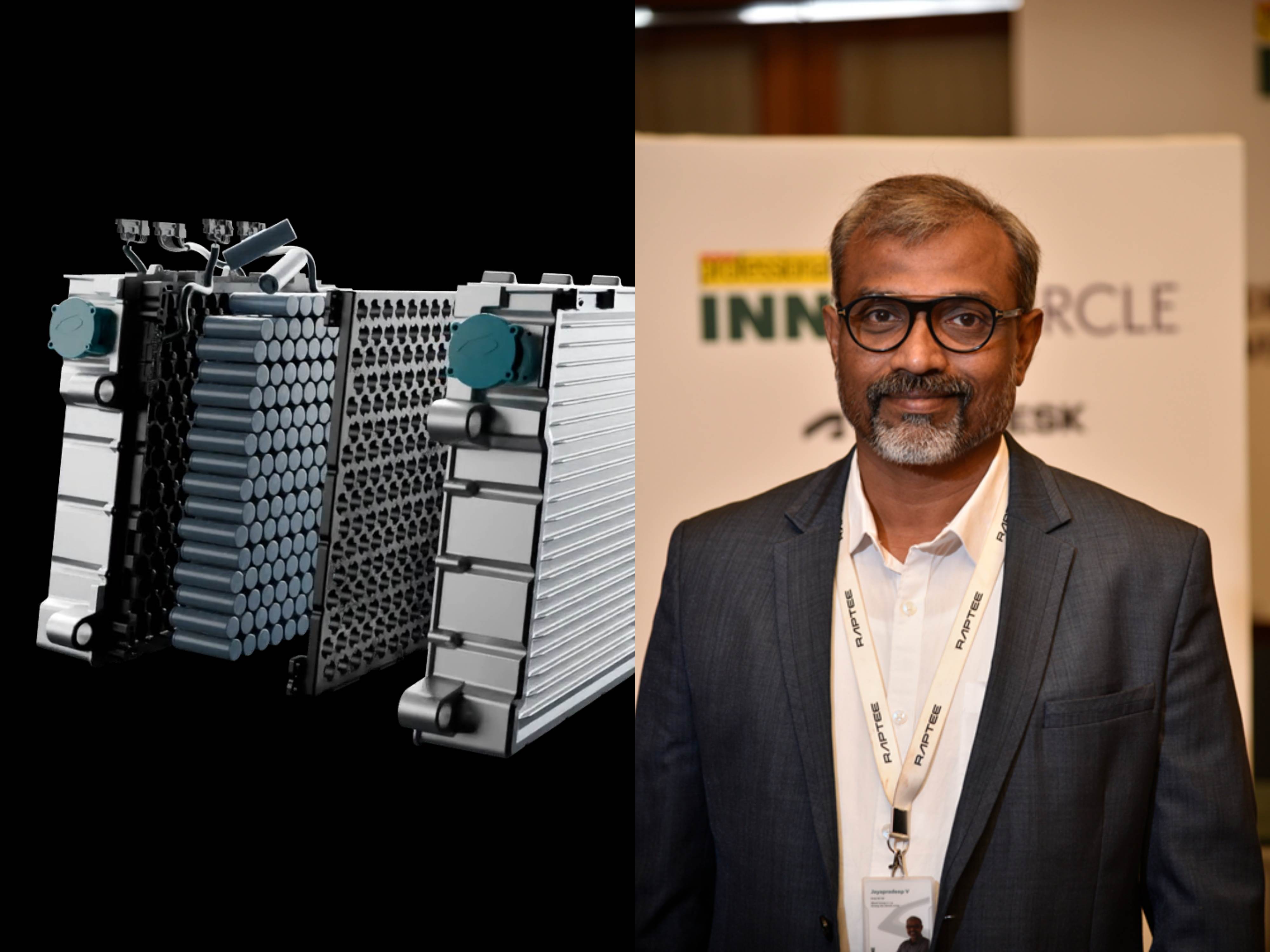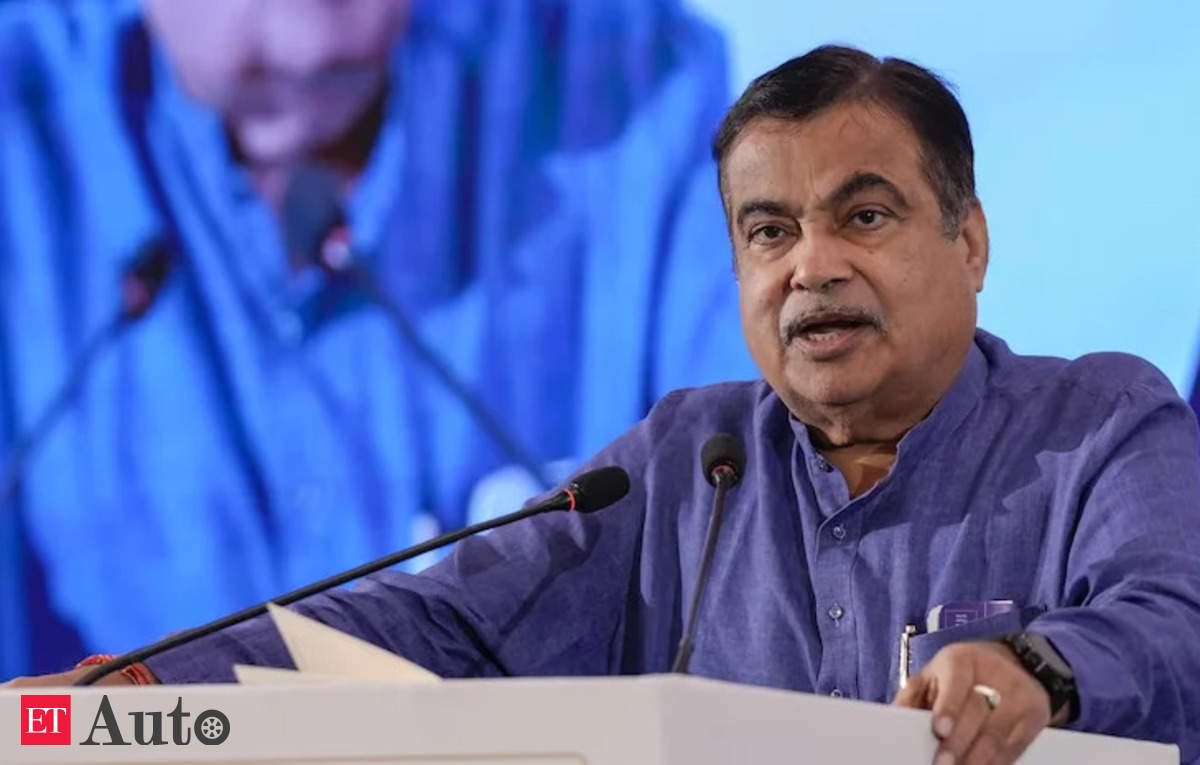Tamil Nadu-based EV startup Raptee Energy, which has identified its niche of targeting the performance motorcyclists, and riding enthusiasts in the country by virtue of its high-voltage electric motorcycles, which are claimed to be engineered to outperform their 250-300cc internal-combustion engine (ICE) counterparts, acknowledges facing several challenges in its journey.
The company which set off with a four-member team in 2019 to indigenously design and develop a high-performance electric motorcycle, with an aim to completely transform the consumer experience compared to traditional ICE offerings, says the exercise calls for a completely different approach. According to Jayapradeep Vasudevan, Chief Business Officer, Raptee Energy, “In our case, it includes bringing a high-voltage powertrain.” The company states that achieving a power output of over 20kW from its EV drivetrain has been one of its non-negotiable product goals.
Vasudevan was a participant in the Autocar Professoinal InnerCircle CXO Roundtable held in association with Autodesk in Bengaluru in February earlier this year, and explained that aesthetics, performance, and accessibility are some of the key product attributes in the mid-size premium motorcycle segment and form the aspects of a product’s potential in the market. “If a company meets these parameters, the chances of success become higher,” he said.
“However, given that the ecosystem for such an all-electric powertrain has been non-existent in India, there have been significant challenges, calling for vertical integration, and the in-house manufacturing of the smallest components. Except for some mechanical parts, we have designed and developed everything ourselves,” he pointed out.
In March 2023, the startup received a grant from the Pune-based Automotive Research Association of India (ARAI) to design and develop a high-voltage EV drivetrain indigenously. Such a drivetrain which includes the motor, BMS, battery pack, as well as the power electronics and functions between 60V and 1500V, offers the advantage of being more efficient than low-voltage EV drivetrains by having lesser current losses and lower voltage drops. Therefore, this improves the system’s durability by virtue of the lesser heat dissipated, as well as enhances their efficiency by offering capability to transmit more power over longer distances than low-voltage systems.
The company says the choice between using a low- or high-voltage EV architecture is dependent upon several factors, including the desired performance, cost, and safety. Raptee Energy identifies high-voltage systems as the future of EV drivetrains, and states that as the EV technology continues to develop, the cost and complexity of high-voltage systems will gradually come down in the future.
Watch InnerCircle recording –



